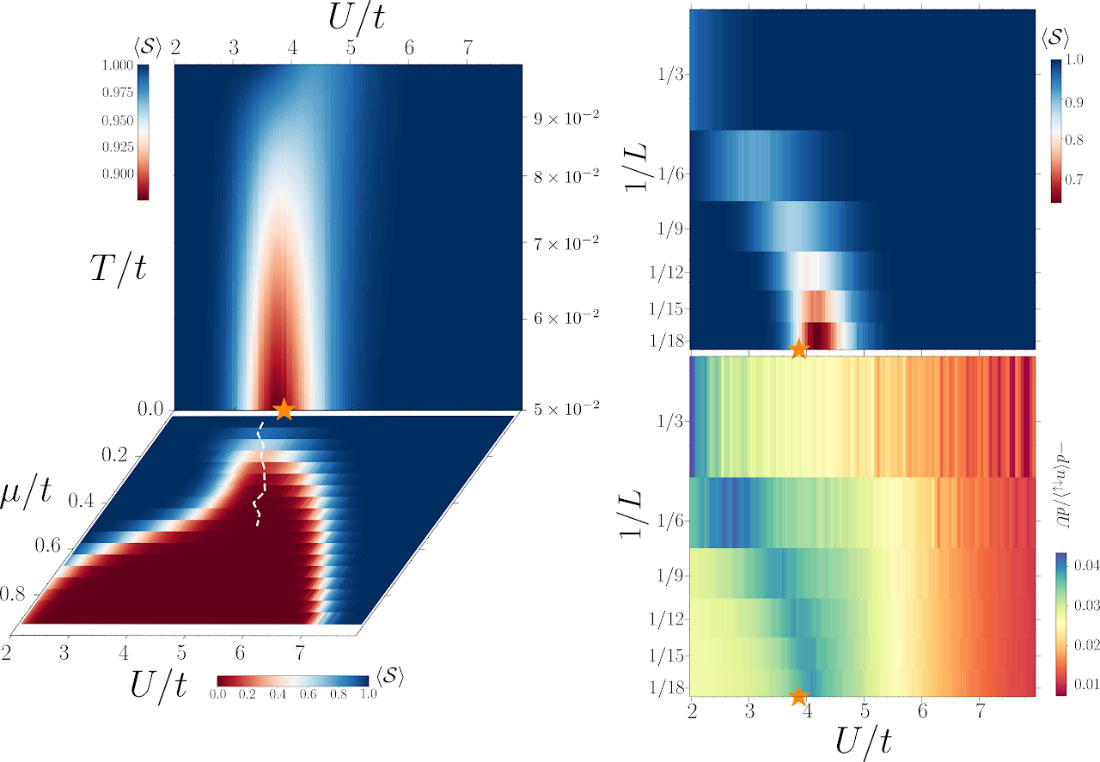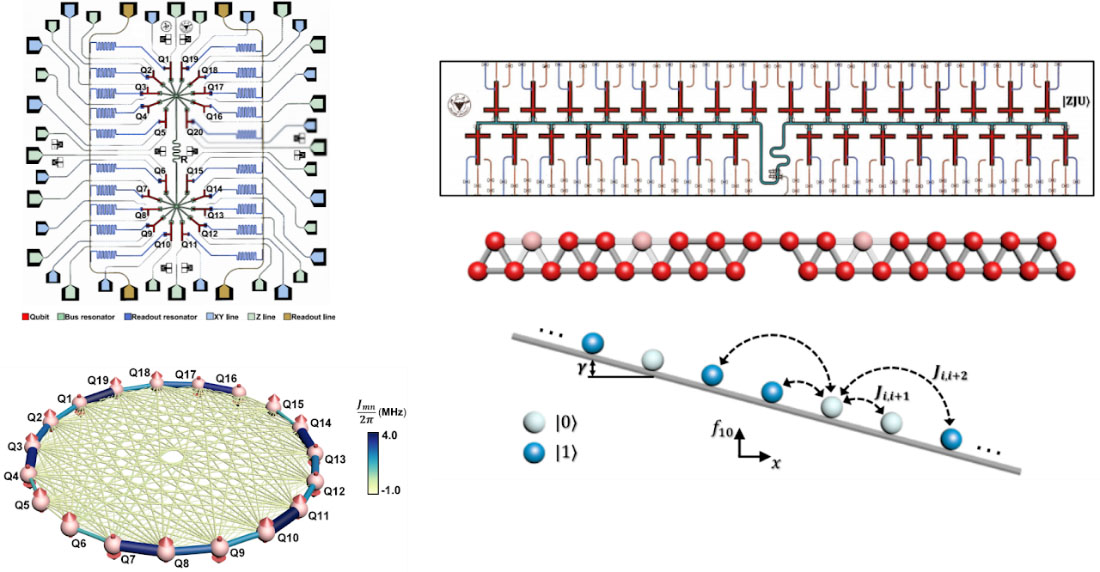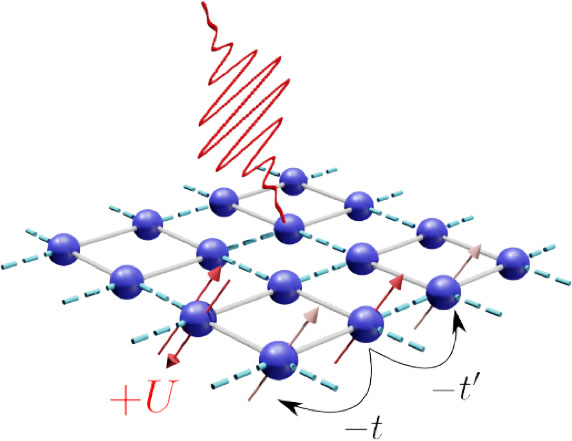Faculty Profile
 Rubem Mondaini
Rubem Mondaini
Assistant Professor
Department of Physics
Office: Houston Science Center (HSC), 340
Contact: rmondaini@uh.edu - 832-338-7605 (mobile)
Education: Ph.D., Federal University of Rio de Janeiro
Dr. Rubem Mondaini is a physicist focused on studying quantum many-body systems with a Ph.D. from the Federal University of Rio de Janeiro and a previous position as an Assistant Professor at the Beijing Computational Science Research Center, China. His group employs large-scale computing methods to understand the behavior of quantum-correlated matter within regimes of in- and out-of-equilibrium conditions. His specific interests are the interplay of charge ordering, magnetism, and pairing in high-Tc's and applications of quantum computing to solve exponentially intractable problems in classical computers.
In particular, he has contributed to the ‘sign problem’ that inherently appears in quantum Monte Carlo simulations and its relations with either quantum or thermal phase transitions. Besides that, he is keenly interested in the intertwined phases that arise when describing correlated matter using minimal models to understand high-temperature superconductors and the competition of interactions and topology with local and non-local order parameters. Additionally, he is focused on the emergent behavior of isolated quantum systems and how they exhibit thermalization or lack thereof. Lastly, collaborating with experimentalists utilizing quantum emulators allows one to understand fundamentally and test protocols based on simulations that successfully perform quantum communication of entangled states across an actual quantum device and probe fundamental properties of quantum mechanical systems, such as the quantum speed limit.
The Sign Problem in Quantum Monte Carlo Simulations

The sign problem permeates various fields in science and poses a fundamental obstacle that prevents accurate computations in various problems of quantum-correlated matter. Mondaini is interested in its characterization beyond simply avoiding it and instead understanding how this sign problem systematically arises in the vicinity of quantum or thermal phase transitions. Recent and ongoing investigations suggest that while generically solving the sign problem is unfeasible, using this approach allows one to infer critical properties originally employed only for physical observables. Figure adapted from Science 375, 418 (2022).
Superconducting Qubits - Emulation of Quantum Many-Body Systems

The study of dynamical properties of quantum many-body systems is challenging due to the exponentially large number of states (Hilbert space) necessary to accurately estimate its out-of-equilibrium properties. While this poses a fundamental challenge for classical computers, it is less so in its natural ‘habitat’ of quantum computing platforms. For that, Mondaini has been collaborating with experimentalists by proposing ideas that can be tackled with exquisite quantum emulators based on large-scale superconducting quantum circuits, particularly in the thermalization and many-body localization phenomenon—ongoing ideas test protocols of quantum communication and the speed of evolution of a quantum state. Figures adapted from Nature Physics, 17, 234 (2021) and Phys. Rev. Lett. 127, 240502 (2021).
Dynamics of Many-Body Systems - Photoirradiation

While the description of phases and phase transitions are (mostly) well understood in equilibrium systems, driven quantum many-body physics evades these conditions and allows the possible observation of phenomena that are not present in static Hamiltonians. In particular, schemes have been proposed in which electronic pairing is dynamically enhanced by carefully engineered time-dependent perturbations. An example of this paradigm are pump-probe experiments that shine ultrafast lasers on condensed matter systems where the induced out-of-equilibrium behavior can fundamentally alter the system's properties. Figure adapted from Phys. Rev. B 107, 064309 (2023).
Honors & Awards
- Scialog Fellow - Quantum Matter and Information - Research Corporation for Science and Advancement (2025-2027)
- Outstanding Youth Scientist - National Natural Science Foundation of China (2022)
Organizations, Outreach, Boards, Memberships
Member, American Physical Society